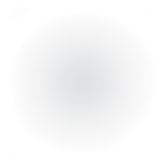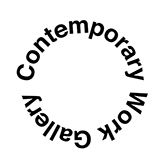
The peculiar interdependence of fungi and witch hunters*
Eco-solvent color printing on PVC film, materials found: galvanized steel mesh, various types of plastic
2020
The installation consists of fused into a single layer photographs of “natural” landscapes and plastics found at the shooting sites.
The work is an experiment in constructing connections between phenomenological layers, which in the current historical context feel like heterogeneous - between virtual images, the physical support of these images and the environment of support of images. The basis of the experiment is an attempt to think of the “natural” environment in such a way when none of its parts is thought of as “extraneous”, separate from it. Take, for example, the classic "outsider" - plastic waste. These clumps of matter, synthesized from the very depths of the biosphere and restructured at the molecular level, seemed to exfoliate from their bosom, becoming something else. Following this, in many ways narrow, purely speculative logic, one can trace how plastics, even in their current “unnatural” form, have already come back. They returned to the biosphere as part of rock, locked in arctic ice, dissolved in sea water and sand grains of beach sand. So, along with aluminum, concrete particles, the level of nitrogen and phosphate in soils, as well as bones of domestic chickens, plastic has become one of the possible markers of the new geological era.
This conceivable environment consists not only of something physically located. Through mutual deep connections, it also includes thoughts about it, images of these thoughts and their virtual incarnations, for example, endless digital streams
of photographs of objects of “natural”, “natural”, secret paths
to which are lined with plastic, like the roads of medieval witch hunters dotted with winter erysipelas affected by ergot.

*This work is the first of a series of experiments on the construction of author's symbiotic constructs for distinguishing between natural and artificial.







